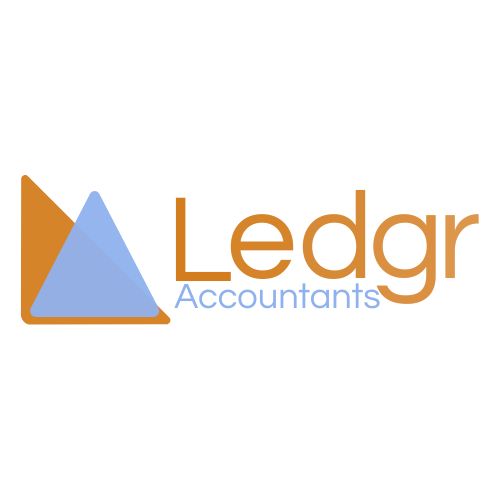Self Assessment Preparation
- Ish Mukit

- 3 days ago
- 3 min read
As autumn draws to a close, so does the window for easy preparation. From October onwards, HMRC sends thousands of reminders about the upcoming Self Assessment deadline. The filing cut-off for the 2024–25 tax year is 31 January 2026, but waiting until January to start increases the risk of missing details or rushing through errors.
By the end of October, most businesses have already received all their income information, bank statements, and expense data for the previous year. Starting now gives you time to review records, claim allowable expenses, and confirm that everything is accurate before submission.
Self Assessment Preparation
Self Assessment Preparation is not only about filling in forms. It starts with understanding what HMRC expects and what information you need to provide.
If you are self-employed, you will need records of your business income, expenses, and any other taxable income such as interest, dividends, or property rent. Landlords should review rental income statements, letting agent fees, maintenance costs, and mortgage interest. Directors or shareholders must include dividends, salary, and benefits in kind.
HMRC requires all figures to be backed by evidence, so accurate record-keeping is essential. Receipts, invoices, and digital copies of bank statements should be stored securely for at least five years after filing. Many clients now use accounting software that automatically tracks income and expenses, making it easier to identify deductions.
The main reason for preparing in October is time. Filing early gives you a clear view of your tax liability. If you owe money, you can budget for it rather than face a large unexpected bill in January. If you are due a refund, you will receive it sooner.
How it impacts you
Preparing your Self Assessment early has practical benefits. It reduces stress, improves accuracy, and allows you to plan ahead. Late filings or mistakes can lead to penalties and interest charges, which are completely avoidable with forward planning.
For sole traders, this process provides an overview of how your business performed last year. It helps identify spending patterns, missed expenses, and opportunities for better tax efficiency. Landlords benefit from the same insight, using their records to understand which properties generate the best returns and where costs can be controlled.
Company directors who receive dividends or have multiple income sources can also plan more effectively. By reviewing tax liabilities now, you can decide whether to adjust your income strategy or make pension contributions before the current tax year ends in April.
Starting early also helps your accountant. It gives them time to review and file everything properly without a rush. Working with your accountant now avoids the January bottleneck and ensures that questions are answered while you still have time to act.
What you can do
Start by gathering all relevant documents for the 2024–25 tax year. This includes:
Income statements and invoices
Bank statements and proof of expenses
Employment records such as P60s or P45s
Pension contribution statements
Mortgage interest summaries for landlords
Dividend vouchers for company shareholders
Once these are collected, check that your details on the HMRC portal are up to date. Ensure your National Insurance number, business address, and bank details are correct.
If you use accounting software, reconcile all transactions and review your reports for missing entries or duplicates. For those still using manual records, this is the time to consider moving to a digital platform, especially with Making Tax Digital (MTD) for Income Tax set to roll out in 2026.
Contact your accountant to review your draft figures. They can confirm which expenses are allowable, help you estimate your final tax bill, and submit your return well before the deadline.
At Ledgr Accountants, we guide clients through every step of the Self Assessment process. Our goal is simple: clear records, correct figures, and calm filing. Preparing now means no surprises later.
Ish Mukit
Senior Accountant
References


Comments